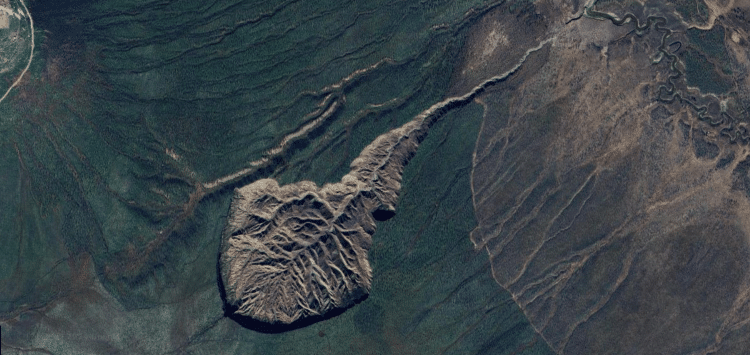TheBatagaika crateris the world’s largest permafrost crater and emits a startling quantity of greenhouse gases.
Though it’s called a crater, that’s actually a misnomer.
In a study published in the journalGeomorphology, the teams presented their findings.

Photo: Google Satellite
All told, the total volume of permafrost thaw is about 1 million cubic meters per year.
About a third of that contains organic material, while the rest is melted ground ice.
Sadly, this translates to around 4,000 to 5,000 tons of previously permafrost-locked organic carbon released every year.
Unfortunately, there is no sign of slowing down as the depression is stuck in a positive feedback loop.
As the permafrost thaws, bacteria break down and release greenhouse gases.
Though Batagaika is still growing, researchers believe there is a limit to its expansion.